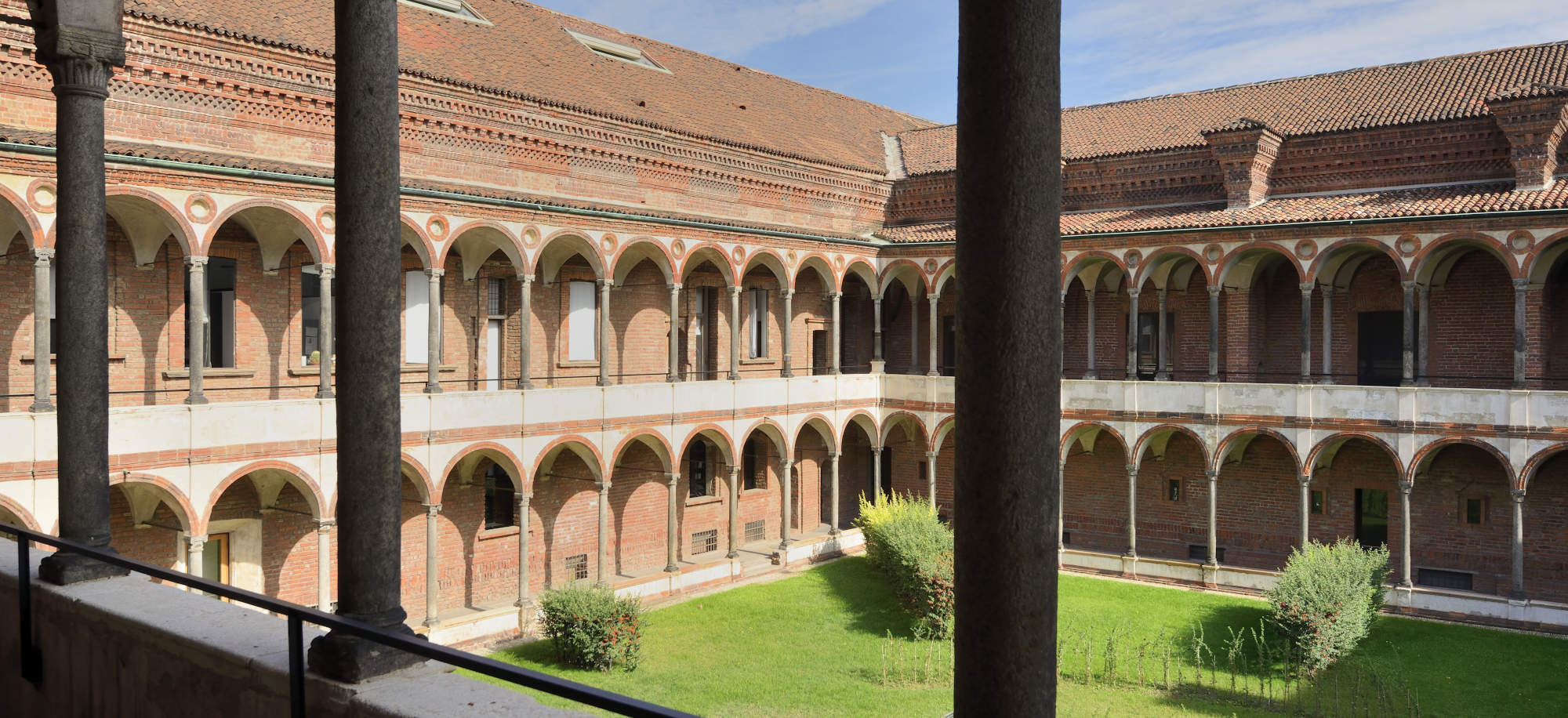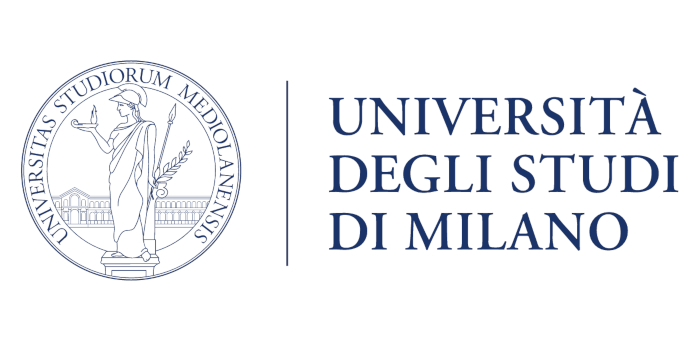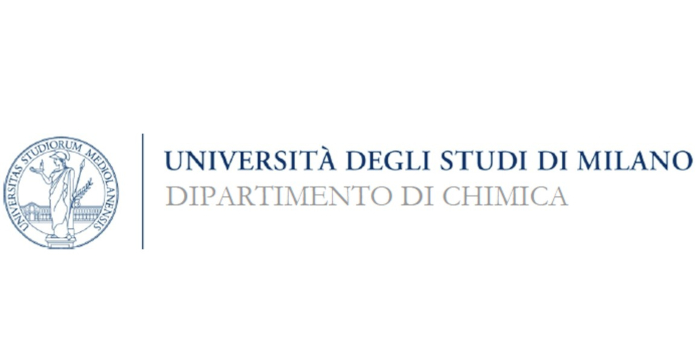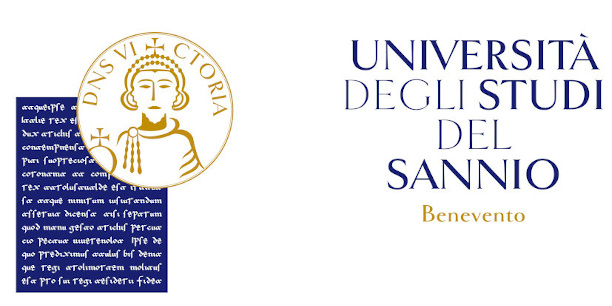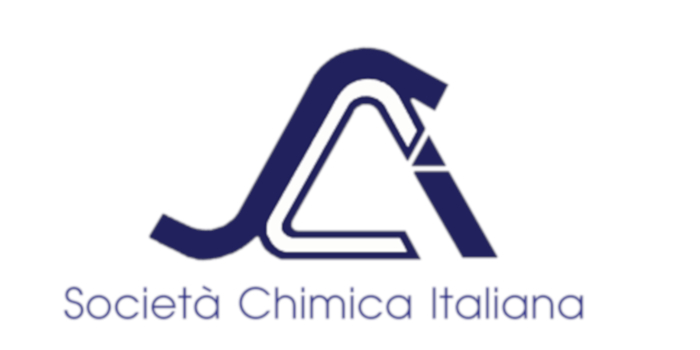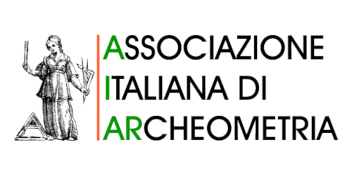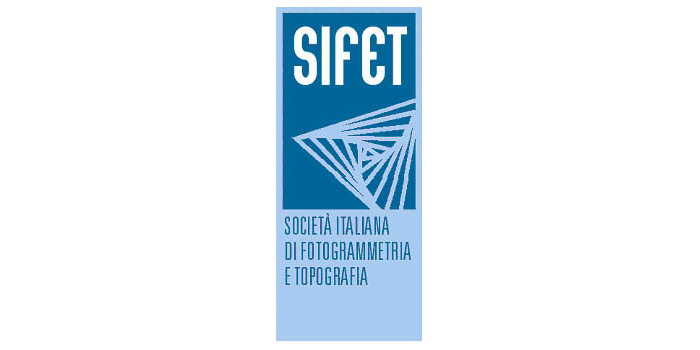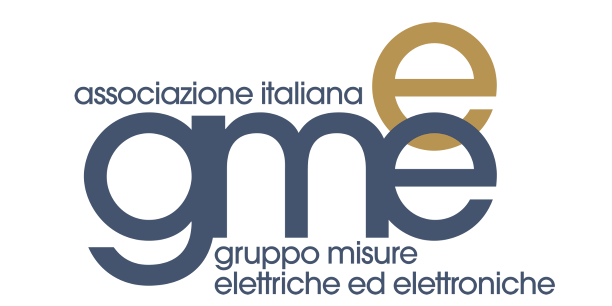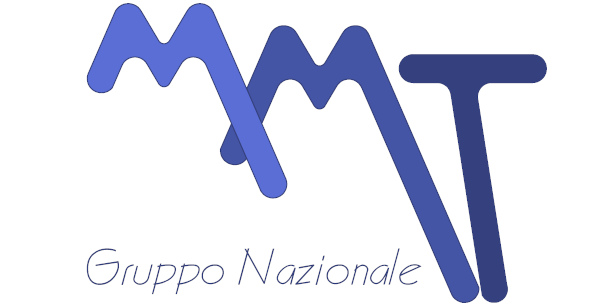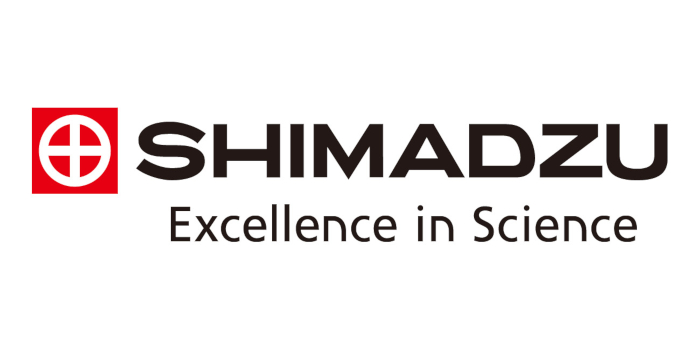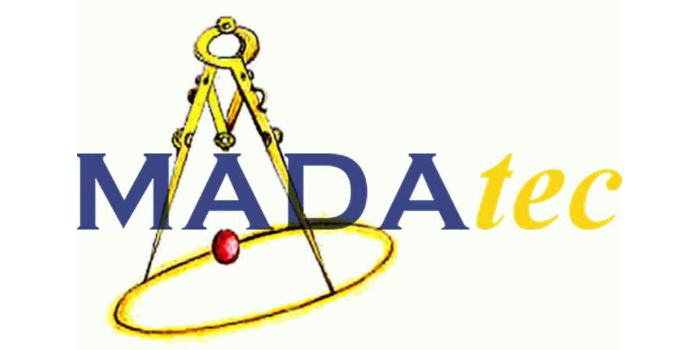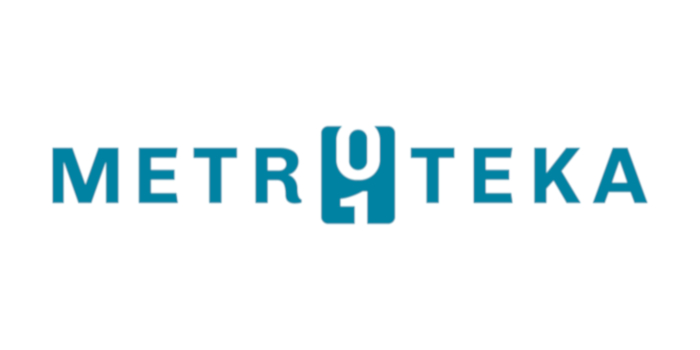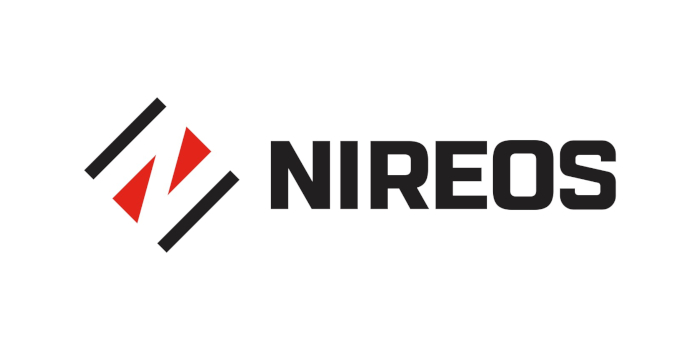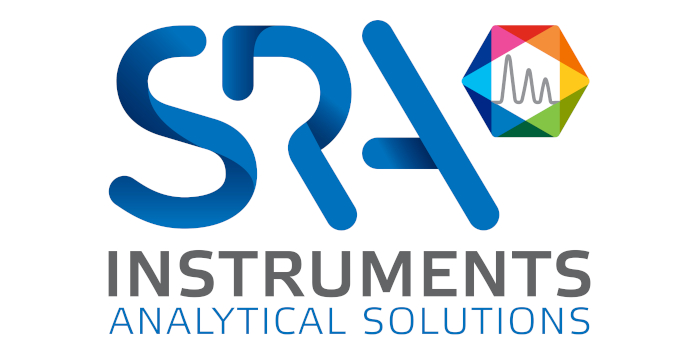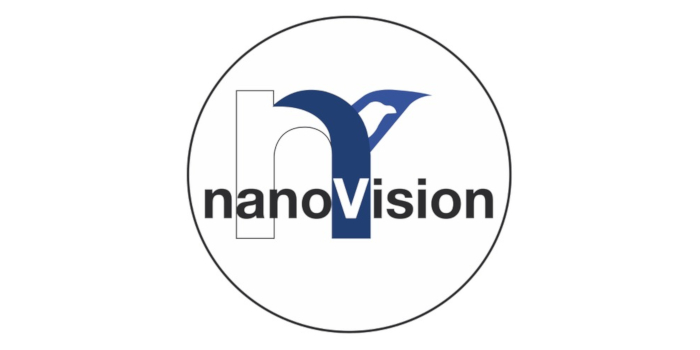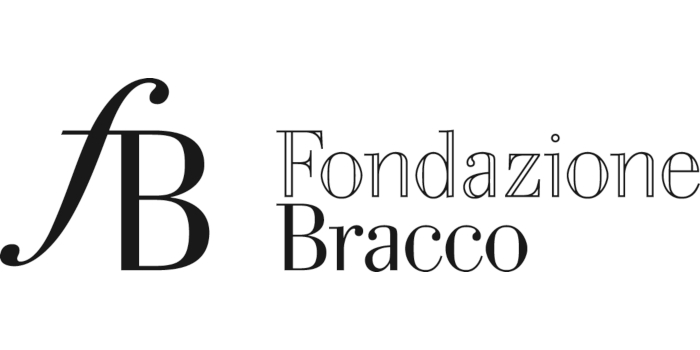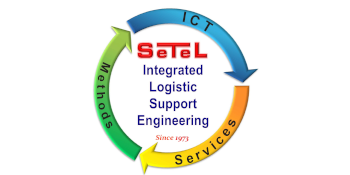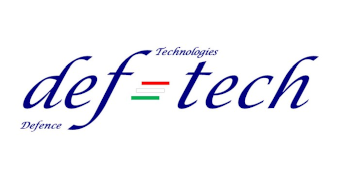Nanotechnology in Archaeological and Cultural Heritage Material Science
ABSTRACT
Nanotechnology is a new and revolutionary area in science, which can improve the traditional methods currently used for restoration and preservation in cultural heritage and can contribute to the creation of new highly specialized approaches for diagnostic and treatment of different artifacts and monuments. The theme of recovery of ancient artifacts, archaeological sites and old buildings, requires more and more trustable and tailored methodologies, based on methodological rigor and on the validation and trustability of the collected data, to face challenges that nowadays are consistent with the concept of non-destructiveness and sustainability.
The goal of the session is to discuss relevant research involving nanotechnology applied to the preservation of different kind of artefacts, such as stone, metals, paintings and glasses, as well as for the development of smart sensors and diagnostic devices to investigate the relationship between materials and surrounding environments.
ORGANIZED BY
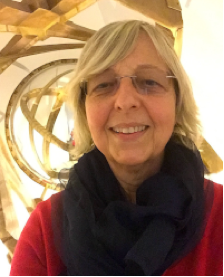
Emma Angelini
Dipartimento di Scienza Applicata e Tecnologia - Politecnico di Torino

ED-ARCHMAT Consortium
The European Joint Doctorate in Archaeological and Cultural Heritage Materials Science – ED-ARCHMAT - is an EU funded Marie Sklodowska Curie Action Innovative Training Network (MSCA-ITN) under the HORIZON 2020 Program whose goal is to provide future leading professionals with the interdisciplinary and intersectoral knowledge, skills and competences needed to address the challenges in the analysis, valorization, conservation and fruition of Cultural Heritage. ED-ARCHMAT international consortium includes HEI, SME, Museums, Conservations Labs (such as the GCI in LA), and IT/Business Schools and proposes a coherent joint doctoral program aiming at overcoming national, sectoral and inter-disciplinary boundaries in PhD research in the field of Archaeometry and Conservation Science. ED-ARCHMAT researchers will acquire innovative skills and key competences spanning across the Humanities, Materials Science, Business and Management fields, acquiring the professional figure of Conservation Scientist in different fields: conservation science; development of diagnostic and monitoring tools; new conservation materials and methods; decision making techniques, measurement and instrumentation; energy efficient and sustainable solutions for CH preservation; management and entrepreneurship in Cultural Heritage.
ED-ARCHMAT web site: http://www.ed-archmat-ejd.eu/
